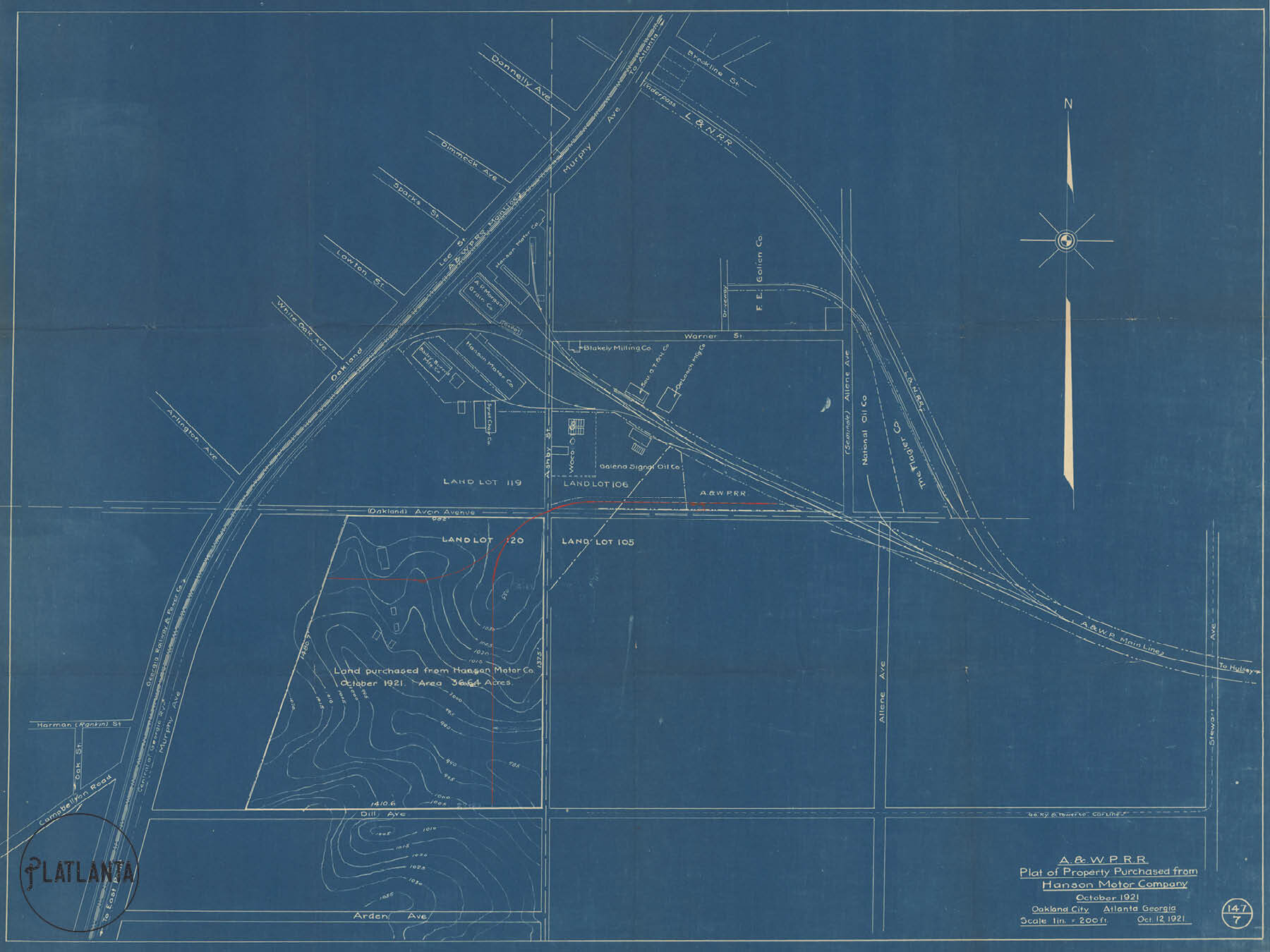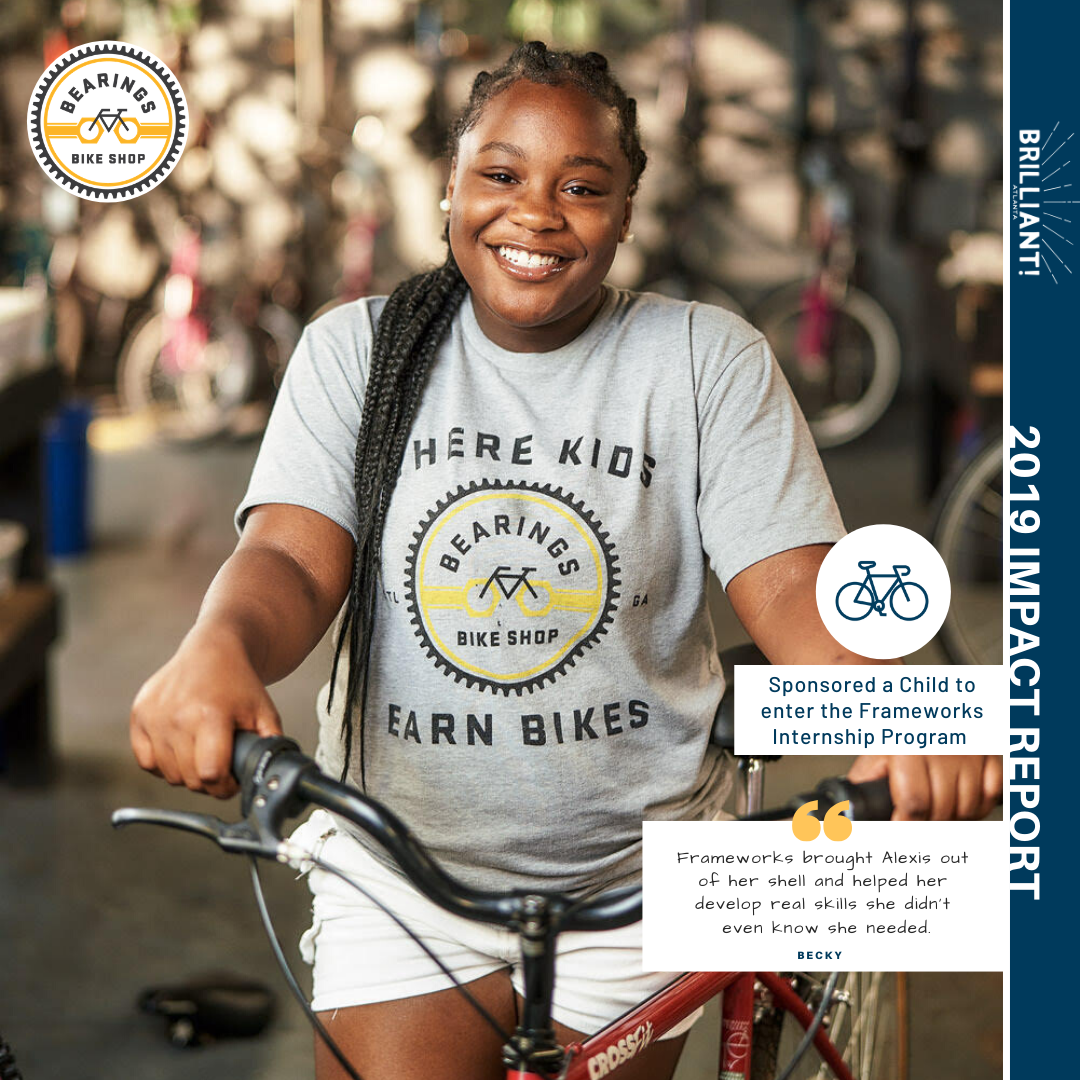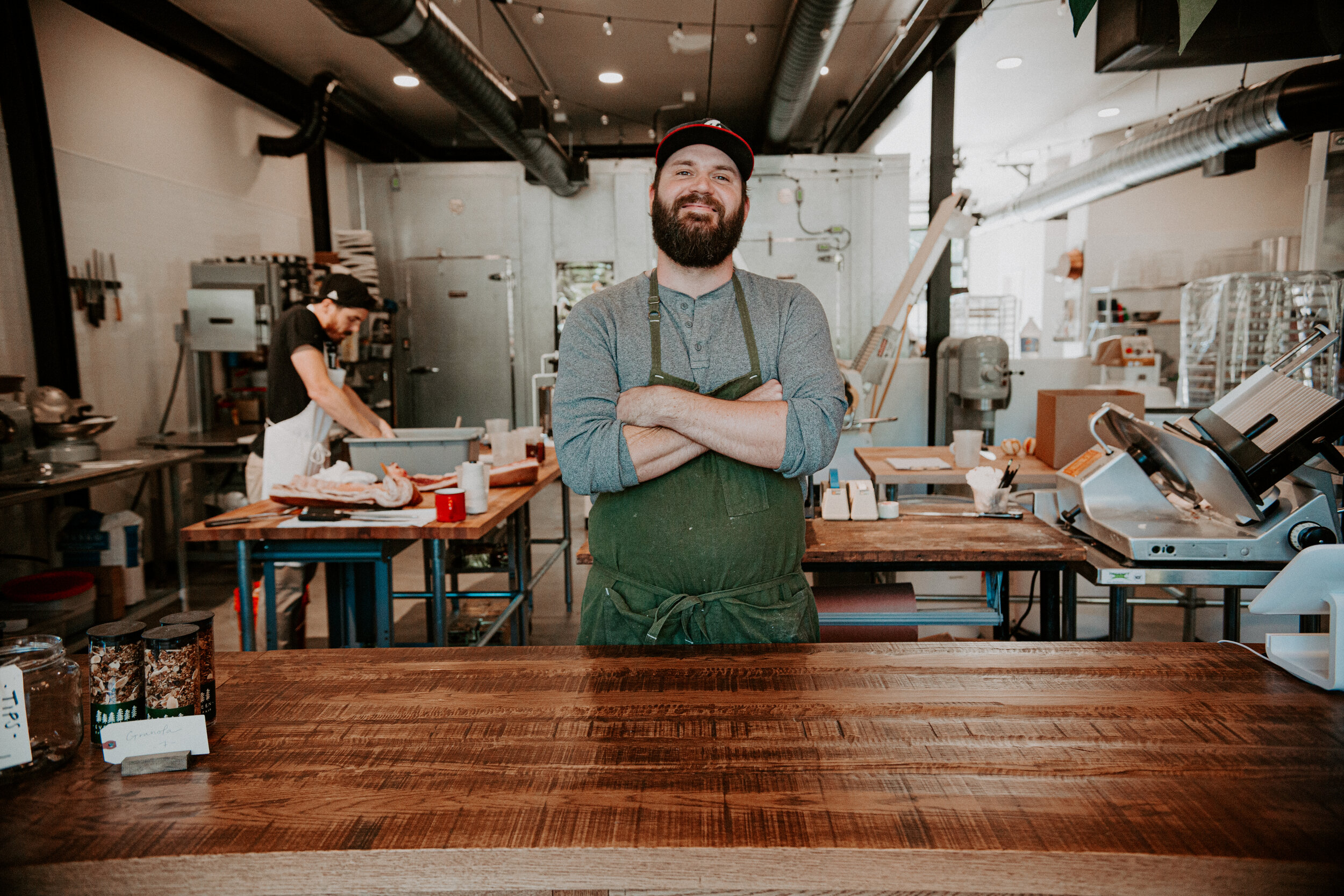Before there was Adair Park there was the West End, a small frontier outpost founded in 1830 outside of Atlanta and built around the railroad, Fort Mcpherson, and Whitehall Tavern. After the civil war the area west of the railroad (now Lee St.) began to be developed. Governors, Mayors, Georgia’s first poet laureate, world famous authors, prominent Atlanta businessesmen and executives began to build large Victorian homes on the westside of this suburb. The westside of town was annexed into the city of Atlanta in 1894.
The eastside of West End was slower to develop. After the civil war the area was mostly rural, raw land owned by a handful of real estate speculators who didn’t live on the grounds. The land was cow pasture and a pond occasionally used for baptisms. This is what would become present day Adair Park. There were a few early occupants however, notably Elbert and Catherine who were freed slaves and who the present day neighborhood streets are named for. The owner of the majority of the northside of the neighborhood and most famous resident was Anothy Murphy. He was the founder of the Atlanta Waterworks and Atlanta public school system. Murphy was a civil war hero, famous for chasing a stolen locomotive named the “General” through multiple counties. His great locomotive chase would be made into a movie starring Buster Keathon in 1926 and a Disney movie in 1956.
In the 1890s what is now the north end of the neighborhood between Shelton ave. and Pearce St. began to be auctioned off and built upon. Advertisements for these homes call the neighborhood “Southside Grove” (thank god it didn’t catch on) and state “This property is just the thing for a man of moderate means to get a good home in a good community where many good families who do not have sufficient means to get on streets where property is so high.” These were modest working class homes built for blue collar jobs such as mechanics, machinists, and railroad workers. The exception being the large A.G Gillette Victorian mansion overlooking Metropolitan avenue.
George Adair bought the portion of land south of Peace in 1883 at the age of 70, but development was slow. This could be because there was a pond/swamp in the middle of his land OR it could be because the owner died a few years after purchasing it. His sons would be ones to finish what George started. From 1910 to 1912, their Atlanta Real Estate Company designed the subdivision they named Adair Park and began the process of subdividing and selling lots in the neighborhood. Their designs included state of the art neighborhood amenities. They created a park out of the swamp, they built a new school in the center of the neighborhood, each house’s lot was 250 ft. deeper than what was standard at the time, and they ensured that residents would conveniently travel downtown on the Adairs Atlanta Street Car Line.
Indeed, there is no subdivision in the City of Atlanta where lots for homes, surrounded by every convenience and attraction can be purchased on such favorable terms and prices. Their development attracted a higher end clientele consisting of white collar workers, with the most common occupations to be salesmen, contractors, store clerks and managers (many in stores downtown), bookkeepers, company managers and officers, police and firemen, and railroad employees, most often engineers.
Home ownership exploded and Atlanta annexed both neighborhoods north and south of Pearce into the city in 1910, calling the entire area Adair Park.


































